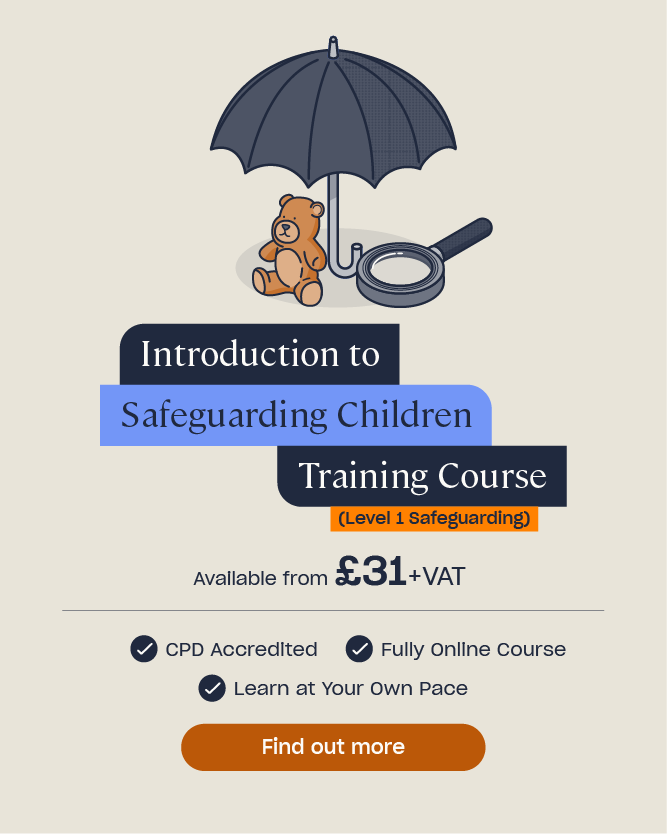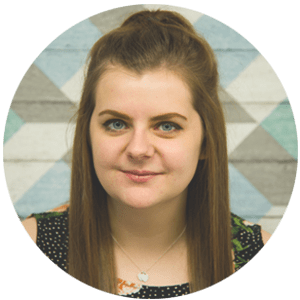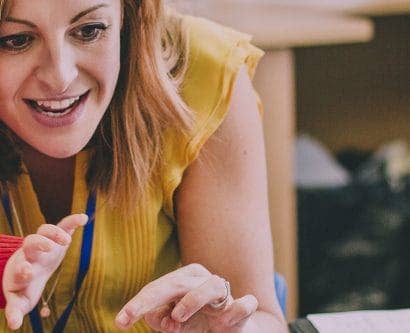Safeguarding Responsibilities of School Staff
Anybody who works in an education setting has a duty to protect the welfare of children who attend. This applies to governors, headteachers, Designated Safeguarding Leads (DSLs), teachers, teaching assistants, dinner staff, and anyone else who spends time with children.
It’s widely accepted that, because those who work in education have daily contact with students, they are well-placed to identify and recognise when there’s a potential issue. Because of this, it’s crucial that you understand your responsibilities and the role you play in safeguarding.
This article outlines safeguarding responsibilities in schools and the role that you play in ensuring students’ safety.
Safeguarding Responsibilities in Schools
Section 175 of the Education Act 2002 sets out a requirement for schools – including nurseries, early years, and further education providers – to make arrangements to safeguard and promote the welfare of children. Furthermore, the educational standards board Ofsted place safeguarding at the centre of any inspection.
In schools, you must create an environment where children feel safe to learn, play, and grow. Children should feel comfortable in their surroundings and know that they can approach you with any problems.
Sadly, however, many children who suffer from abuse are too scared to speak out or may perceive their mistreatment as ‘normal’. Therefore, you must be able to identify any children who are at risk of harm, and know the characteristics of abuse or neglect. If you suspect or confirm harm then it’s essential you know what actions to take.
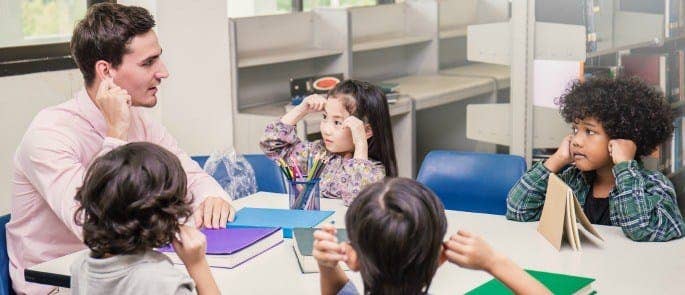
Statutory safeguarding guidance for schools is set out in Keeping Children Safe in Education, which all staff in education settings should be aware of. It’s especially important to keep this awareness up to date, as KCSIE regularly receives amendments with new and enhanced guidance and advice.
To learn more about safeguarding guidance and its regular updates, you can read our dedicated article: Keeping Children Safe in Education: Key Changes.
Teacher Safeguarding Responsibilities
If you’re a teacher, you need to be aware of particular safeguarding issues. You should understand the following:
- Preventing Radicalisation. In 2006, the government introduced Prevent – a strategy to help prevent terrorism and radicalisation. As part of this, you have a duty to recognise when somebody is vulnerable and at risk of radicalisation and targeting from extremist groups. Take a look at our guidance pack for teachers for more information on the Prevent Duty.
- Child Sexual Exploitation (CSE). This is a form of sexual abuse that occurs when an individual or group coerce, manipulate, or deceive a child or young person (under 18) into sexual activity.
- Child Criminal Exploitation (CCE). This occurs when a child or young person (under 18) is coerced, controlled, manipulated, or deceived into carrying out criminal activity (e.g. moving drugs from one area to another – known as county lines activity).
- Grooming. This is when someone builds an emotional connection with a child to gain their trust for the purposes of sexual abuse, exploitation, or criminal activity. Grooming can happen online or in the real world. The perpetrator can be a stranger or someone the child knows, and can be any age and gender.
- Forced Marriage. This is a marriage in which one, or both, people don’t, or can’t, consent to the marriage. It’s a criminal offence and a serious abuse of human rights. Forced marriages could be decided in advance, years before the child is old enough to marry.
- Female Genital Mutilation (FGM). FGM is a traumatic procedure where the external part of the female genitals are surgically removed. It’s usually performed by someone who isn’t medically trained and doesn’t have a professional or sterilised blade. The procedure is often carried out in the first weeks of life, in mid-childhood (usually between the ages of 8 and 10), or before puberty. FGM has no medical purpose, so it subjects young women to physical and psychological trauma for no reason. It is an illegal practice in the UK.
- Bullying. Bullying can happen anywhere at any time, such as directly in the classroom or anonymously online. It can have damaging effects on a child’s confidence and, frighteningly, has even pushed children to suicide. Bullying becomes a child protection issue where there is ‘reasonable cause to suspect that a child is suffering, or likely to suffer, significant harm.’
- Self-harm and self-neglect. These are distinct signs that something’s wrong in a young person’s life, for example, they may suffer from another type of abuse or depression. The reasons for this are individualistic and you must tailor your response to the student in question.
- Child on child abuse. Students are capable of abusing their peers, even at a young age. This can take many forms, such as acts of violence or sexual assault. If this causes significant harm, or a risk of harm, you must take steps to deal with it.
It’s a requirement for all teachers to take safeguarding training. This is so that they know more about the subject, how to recognise when a child is at risk, and how to deal with concerns. High Speed Training offer an online course on Safeguarding Children in Education that can help you gain this knowledge.
Governor Safeguarding Responsibilities
The Governing Body is responsible for ensuring that the school complies with safeguarding duties. As a result, there are a number of issues that you must be aware of:
- Safer Recruitment of Staff. You must ask anyone you hire to provide a Disclosure Barring Service Check (DBS) to ensure they’re safe to work with children. This is the minimum requirement, but many schools ask teachers for a new check every 3-5 years. All staff must undergo safeguarding training during their induction. You can also find some safeguarding interview questions for teachers, here.
- Continued Safeguarding. Staff should regularly renew their safeguarding training, especially if statutory guidance changes as it often does. The standard renewal period for staff training is every three years.
- School Security. You must have thorough security procedures and systems. This includes gates and railings to prevent strangers from entering the grounds, CCTV where appropriate, and policies for child collection. For example, if another family member is coming, use a secret word that only you and the family member know. You must also implement thorough security checks on your computer systems. These should prevent anybody from accessing your systems and confidential information, and stop dangerous people from potentially contacting your students.
- Monitoring Attendance. You must track students’ attendance and take action if they miss a lot of school time. In addition, you should regularly communicate with local authorities about ‘students missing from education’. These are students who are at school age but are not registered at a school and don’t receive suitable education by other means. As a result, they’re at significant risk of underachieving and being victims of harm, exploitation, or radicalisation.

Designated Safeguarding Lead Responsibilities
A Designated Safeguarding Lead must ensure everyone follows safeguarding policies. If you’re a DSL, you need to fulfil some essential responsibilities:
- Draw up and enforce the safeguarding policy.
- Recognise issues.
- You’re the first point-of-call for staff who have safeguarding concerns.
- Make referrals to social services (where appropriate).
- Work with families.
As the Designated Safeguarding Lead, it’s essential that your knowledge of child protection procedures is in-depth and up-to-date. High Speed Training offer an online Designated Safeguarding Lead training course to teach you more about what the role involves.
You may also be interested in reading our DSL article to find out more about the specific roles of a Designated Safeguarding Lead.
How to Report Safeguarding Concerns
If you have any safeguarding concerns about a child, you must report them.
If you believe the child is in immediate danger, don’t delay. Call the police on 999 straight away. Furthermore, under the Female Genital Mutilation Act 2003, you must call the police if you’re informed that a girl under 18 has undergone FGM.
You can also report concerns in the following ways:
- Contact the NSPCC on 0808 800 5000. They will then pass the concern onto the local child protection team who will investigate it.
- Report your concern directly to your local authority child protection team. You can find your local team here.
- Report it to your Designated Safeguarding Lead. (If you are the DSL, choose one of the above two steps).
- Call the NSPCC’s Whistleblowing advice line on 0800 028 0285 or email them on help@nspcc.org.uk. They offer free advice and support to anyone who’s concerned about how child protection issues are handled in an organisation.
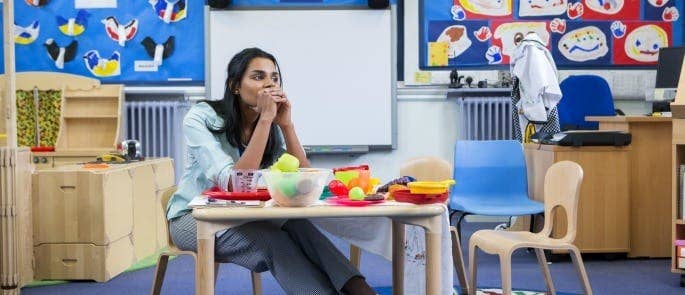
We hope that this article has provided you with a useful outline for safeguarding responsibilities in schools. Everyone has a duty to protect the safety and welfare of students and ensure they live a happy life.
What to Read Next:
- Guide to Safeguarding Children in Sport
- Understanding the Different Forms of Child Neglect
- Whistleblowing in Schools: Policy and Procedure
- Data Protection in Schools: How to Comply With The Data Protection Act
- What are the Roles & Responsibilities of a School Governor?
- How to Carry Out a Fire Drill in Your School
- What is Adultification within Child Protection and Safeguarding?
- Volunteer Roles in Schools: What Are the Requirements?
- Prevent Duty Quiz
- Regulatory Requirements for Designated Safeguarding Leads in Schools
- The Prevent Strategy: Practical Tips for Managing Controversial Topics in the Classroom
- How to Create an Effective Culture of Safeguarding in Schools
- Safeguarding Flowchart: Procedure for Reporting Concerns
- Safeguarding Scenarios and Answers for Education
- Work Experience Guidance for Schools: Do I Need a Young Person’s Risk Assessment?
- Introduction to Safeguarding Children Training



